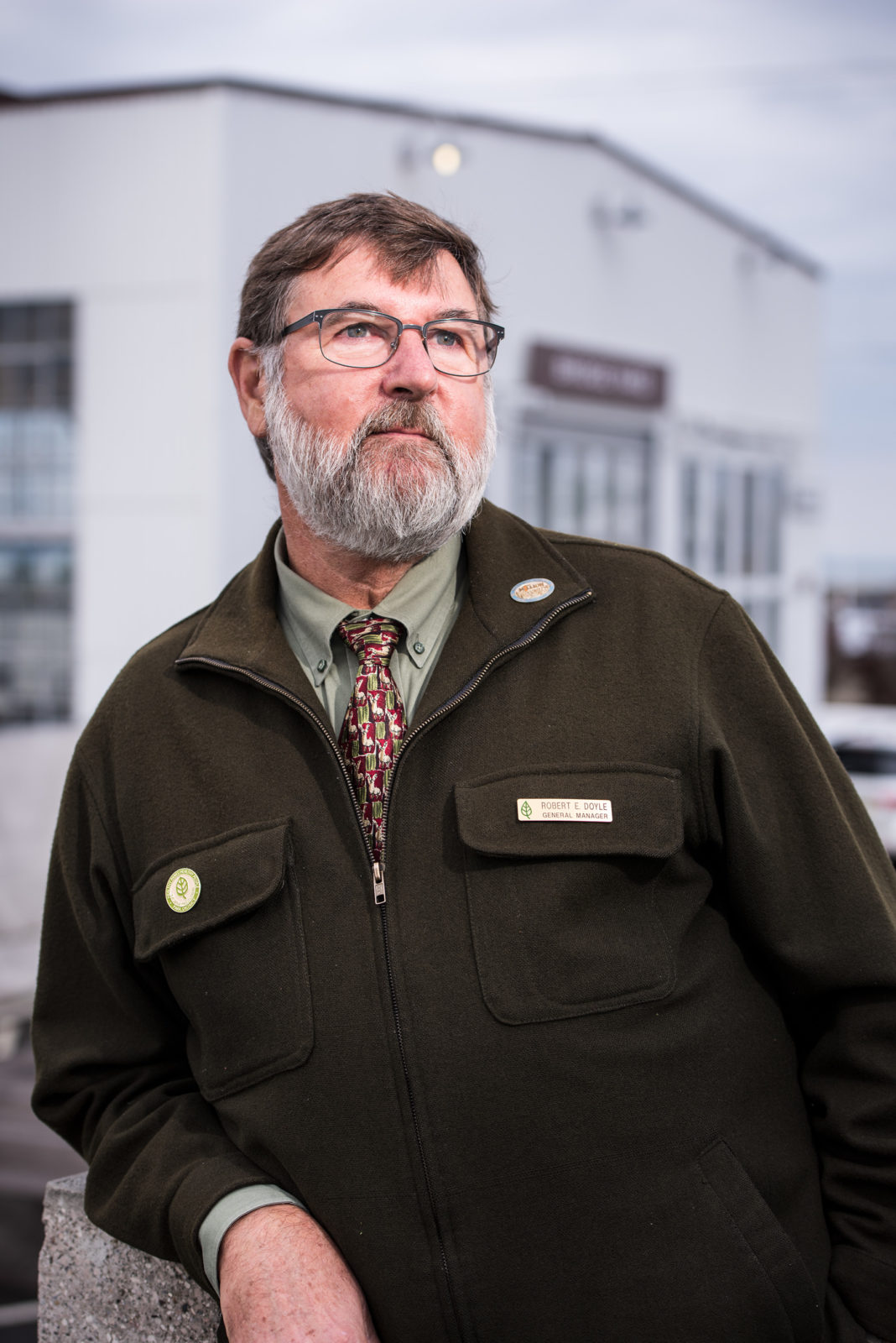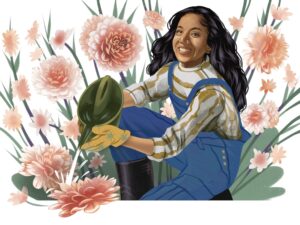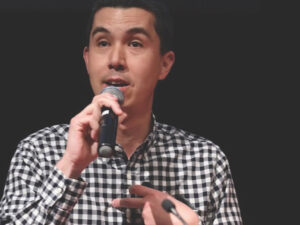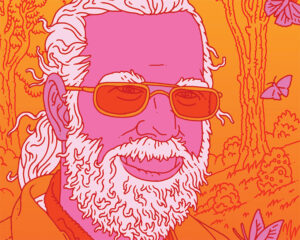
Robert Doyle often wonders what would have happened had John Muir simply explored but never written about the wilderness he loved.
Over the course of his conservation career, Doyle has used the power of storytelling to secure funding, gain public support, and champion legislation for the environment. “The success of the parks is the communications side, the promotion. That’s what John Muir did,” he says.
Doyle has continually advocated for land conservation and the importance of urban parks, taking on successive roles as a gardener, park ranger, trail planner, and assistant general manager of land acquisition and planning for the East Bay Regional Park District (EBRPD). Today, as general manager at EBRPD, he’s focused on getting more people outside, a process that begins with obtaining funding to purchase public lands for conversion into public parks.
Doyle’s efforts have expanded the EBRPD by more than 61,000 acres, the largest increase of land and trails in the park district’s 85-year history. He has worked on more than $1 billion worth of park funding projects and pushed the district and others to adopt new approaches to public engagement and inclusion.
As a new generation grows up and diverse populations continue to seek outdoor spaces, the park district’s approach must meet changing needs, he believes. Recent initiatives such as the Multicultural Advisory Committee and Multicultural Wellness Walks won the district the East Bay Economic Development Association’s prestigious Legacy Award.
“We’re saying, ‘You just need to go breathe some fresh air,’ and it’s working,” Doyle notes. “It’s working because you have that accessibility of urban parks. We think urban parks are that portal or gateway to the wilderness. Our parks are getting more crowded. But that’s a good problem,” he adds.
Doyle’s conservation work began in the 1970s around the time of the first Earth Day, when the environmental movement was gaining momentum. “I got caught up in that tidal wave of incredible opportunity for environmental activism,” he says.
He credits early mentors, especially Save the Bay’s Sylvia McLaughlin and Dr. Mary Bowerman of Save Mount Diablo, with showing him how to fight for change and for teaching him patience. “Environmental conservation is a marathon, not a sprint,” he says. “Sometimes you have to go to ten meetings; no one wants to do that.”
But some efforts have paid off beyond expectations. Early in his career, Doyle developed the design for a trail system that linked multiuse urban trails and open space connector trails. In addition to providing paths for people, these remain an important wilderness corridor, allowing native plants and animals to grow and thrive just steps from city streets.
A founding board member of the East Bay Conservation Corps and Save Mount Diablo, Doyle co-authored two Regional Parks bond measures, AA in 1988 and WW in 2008, which supported land acquisition and preservation as well as new park development. He celebrated a victory in June 2018 with passage of California Proposition 68, the Parks, Environment, and Water Bond, which authorized $4 billion for state and local parks, environmental protection, water infrastructure, and flood protection projects.
“Bob Doyle is a conservation giant, both as a volunteer and as a professional. No one in the past 50 years has had a bigger effect, not just on the green map of the East Bay, but on the entire map of the East Bay,” says Seth Adams, Save Mount Diablo’s land conservation director, who has worked for the organization since Doyle hired him in 1988.
A member of the International Union for Conservation of Nature and its Urban Protected Areas Committee, Doyle has presented at the IUCN World Parks Congress and national park and public lands conferences, speaking about climate resilience, youth engagement, and diversity. He has testified before Congress on national parks and the Land and Water Conservation Fund.
Doyle hopes he and his team can contribute to building a culture of environmental stewardship, including better land management in anticipation of wildfires.
“We’re going to preserve the last of the best open space, but will we take care of it once we get it?” he asks. “We all need to be caretakers of this land. I’m looking for these young, bright faces who want to be future leaders. To own it like we owned it.” υ




